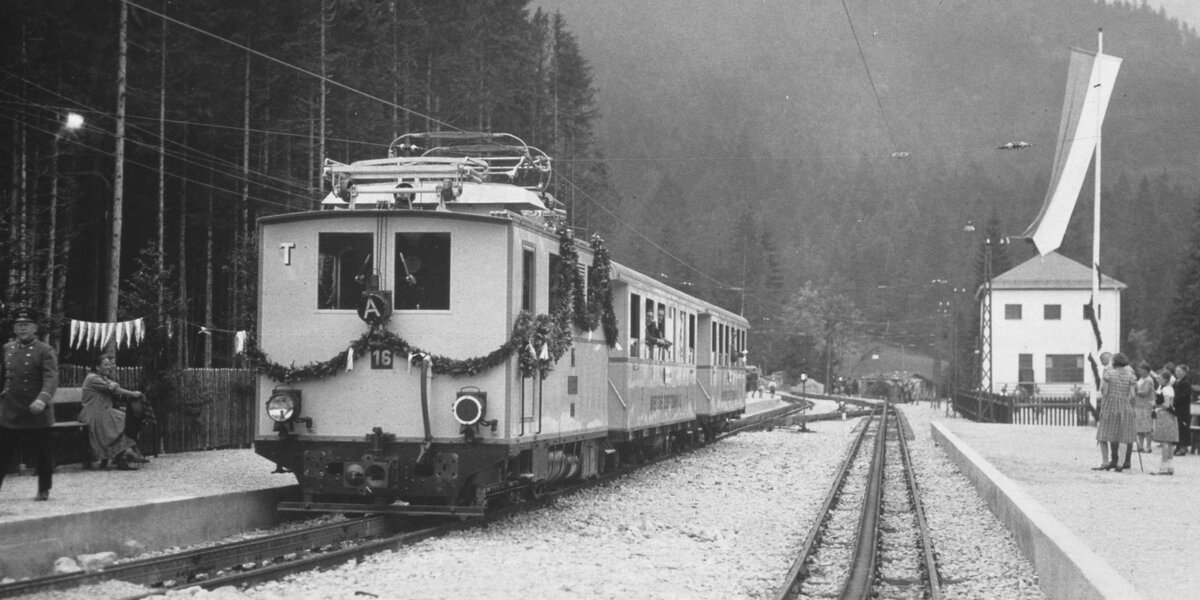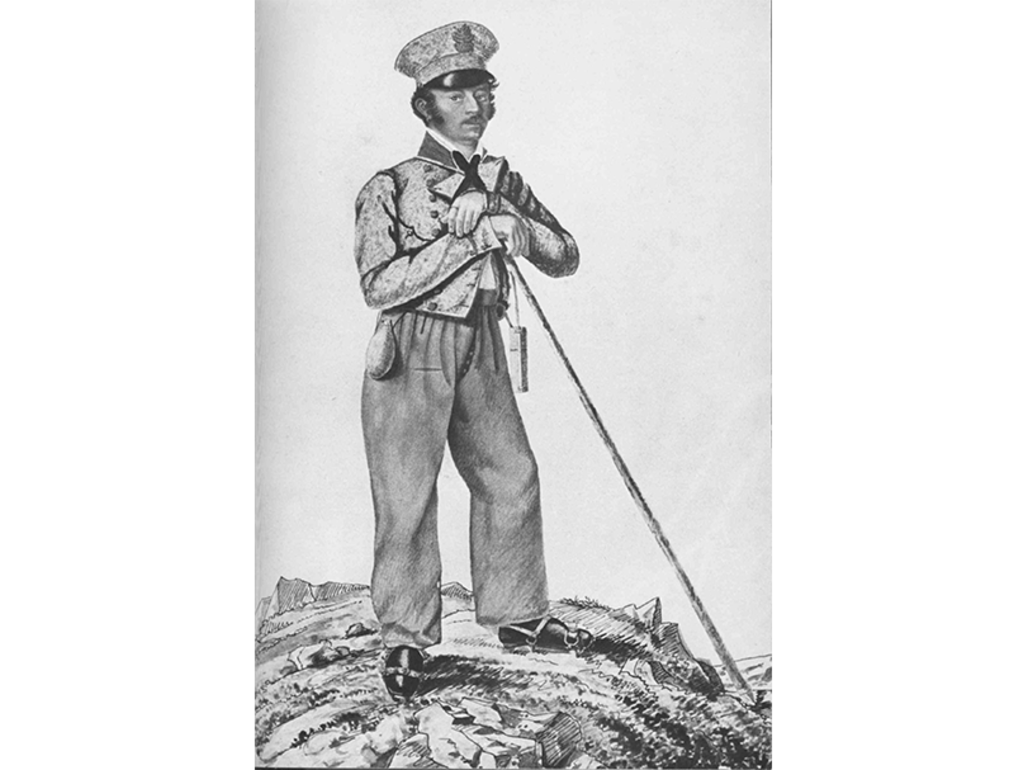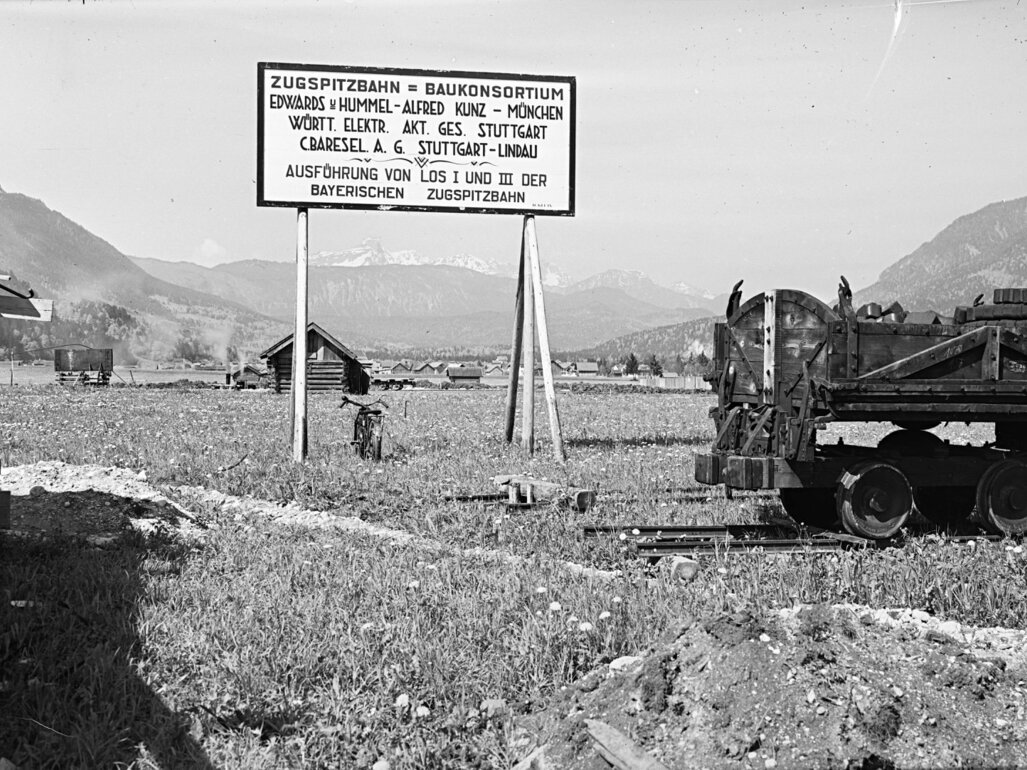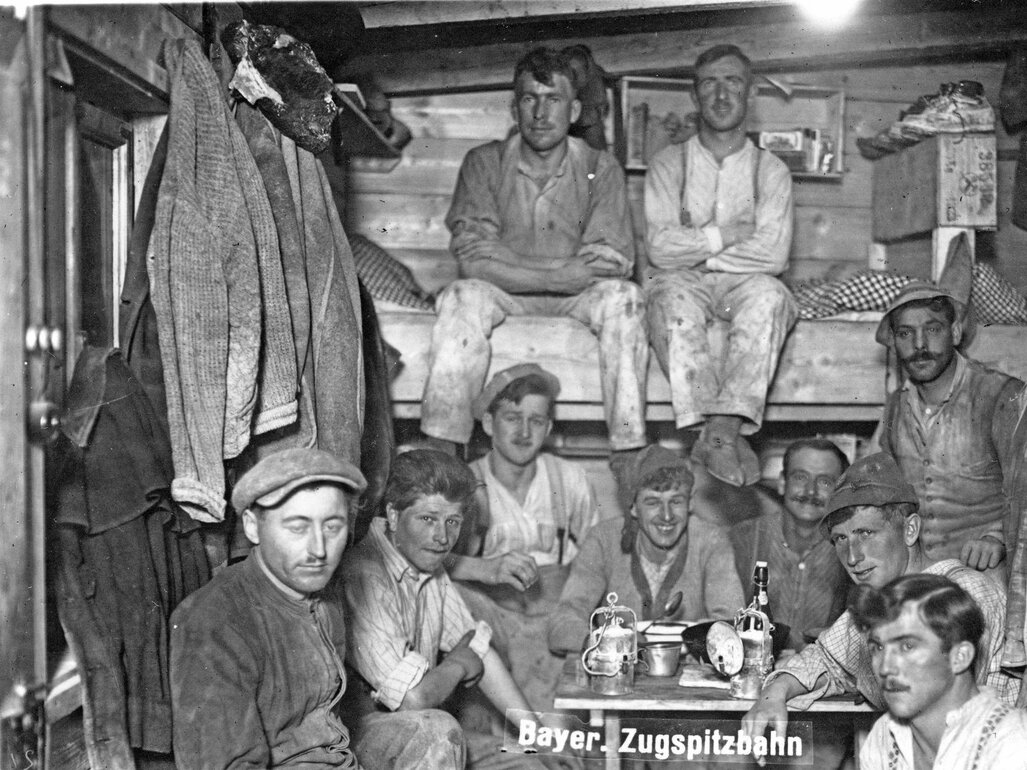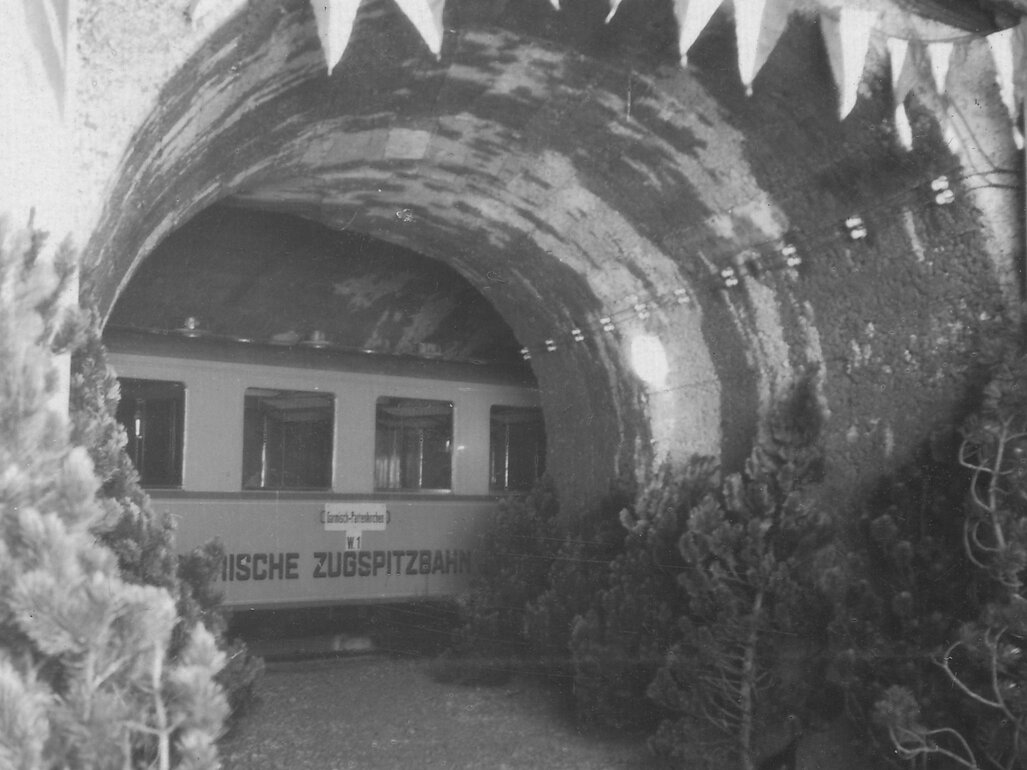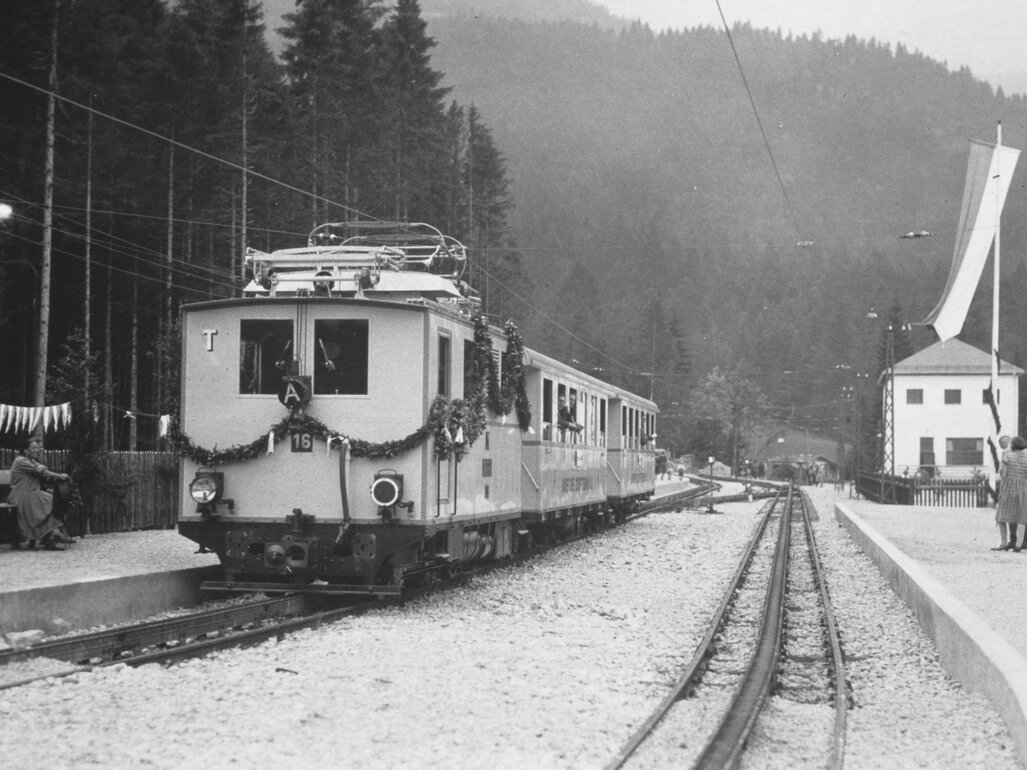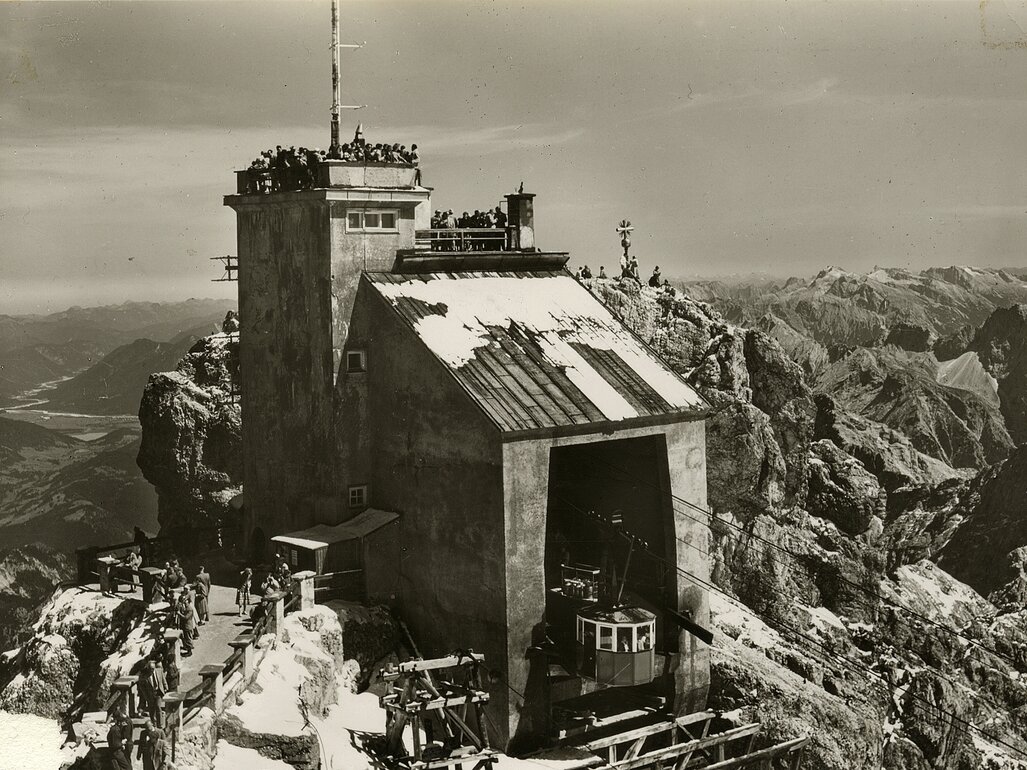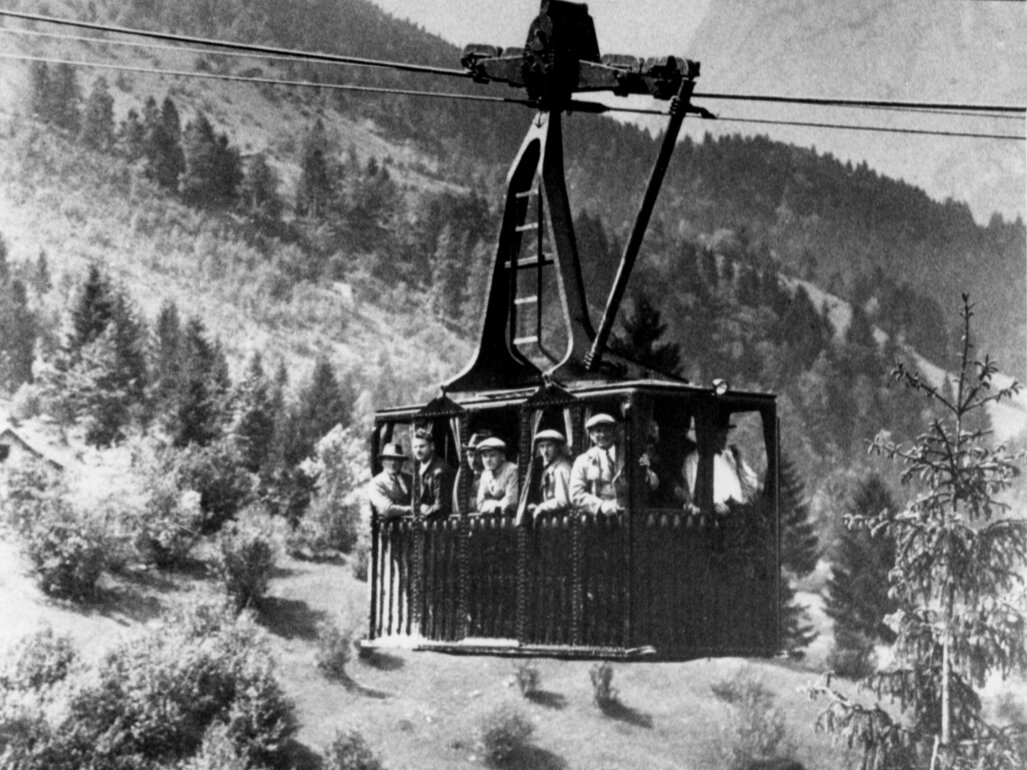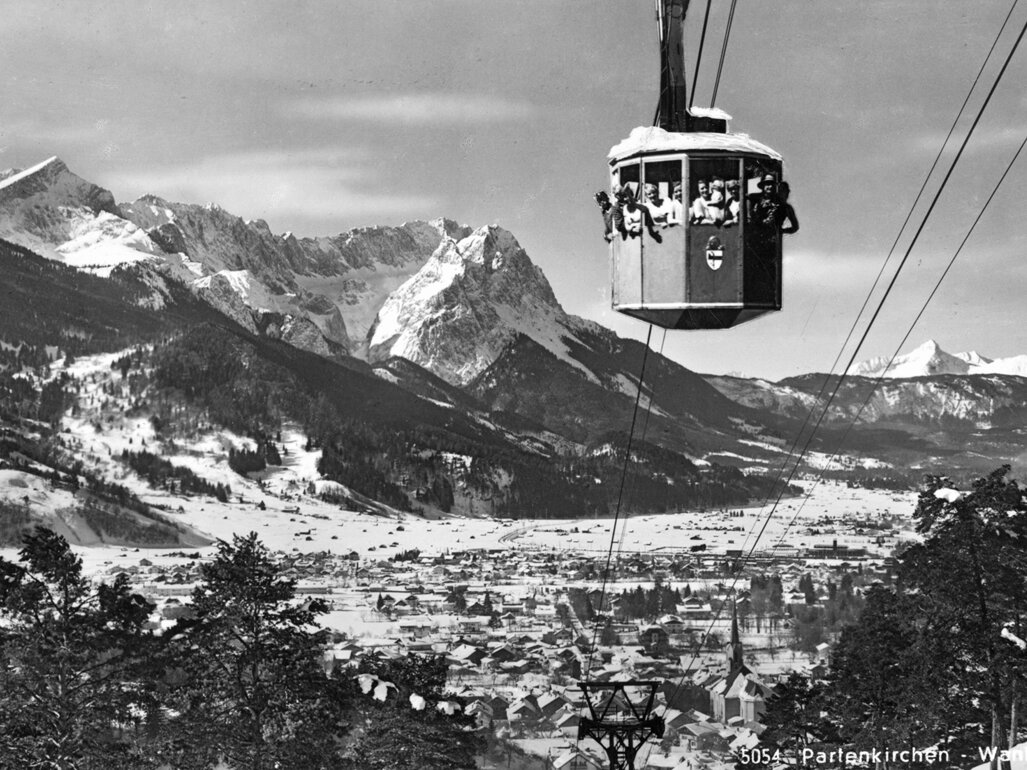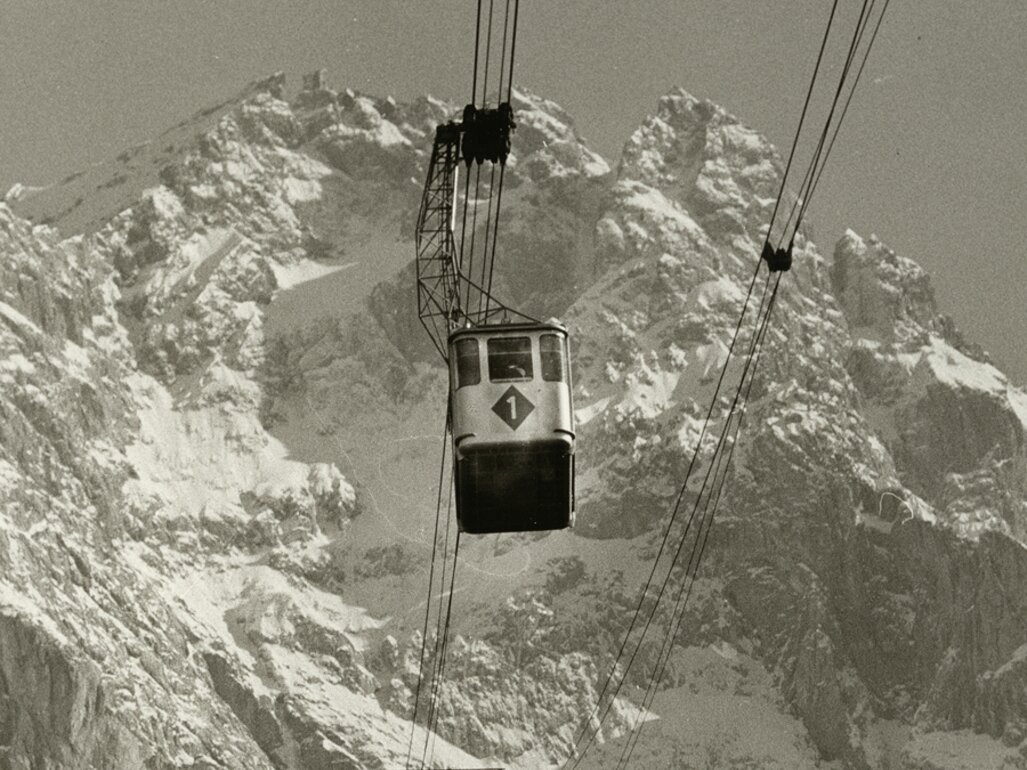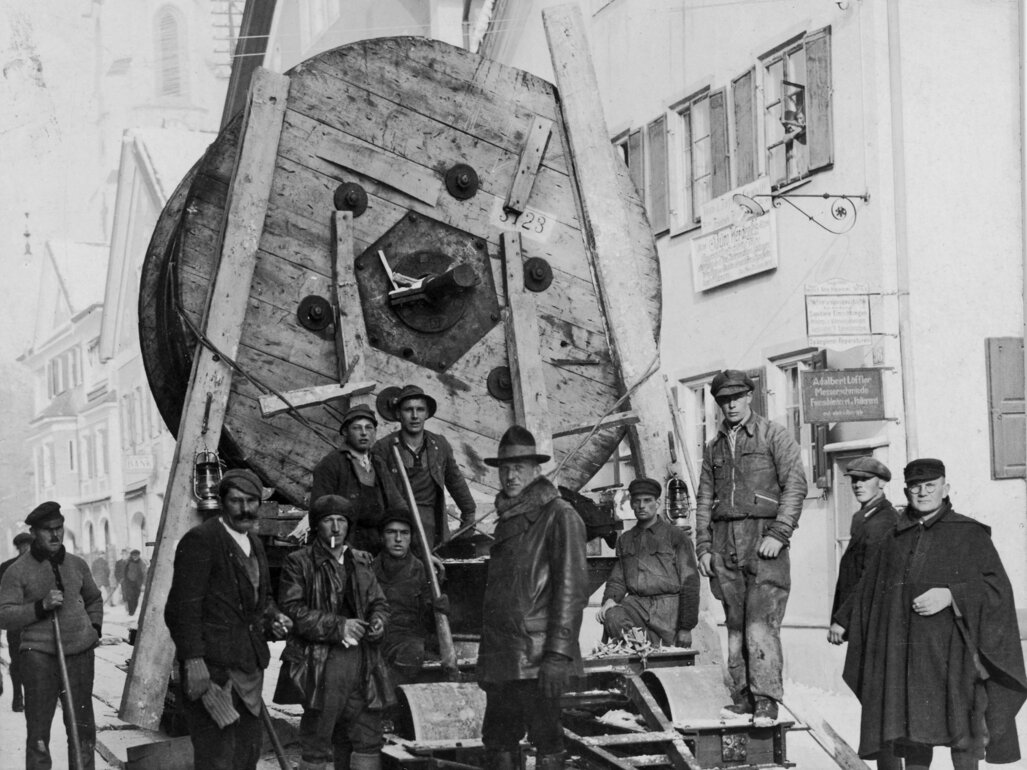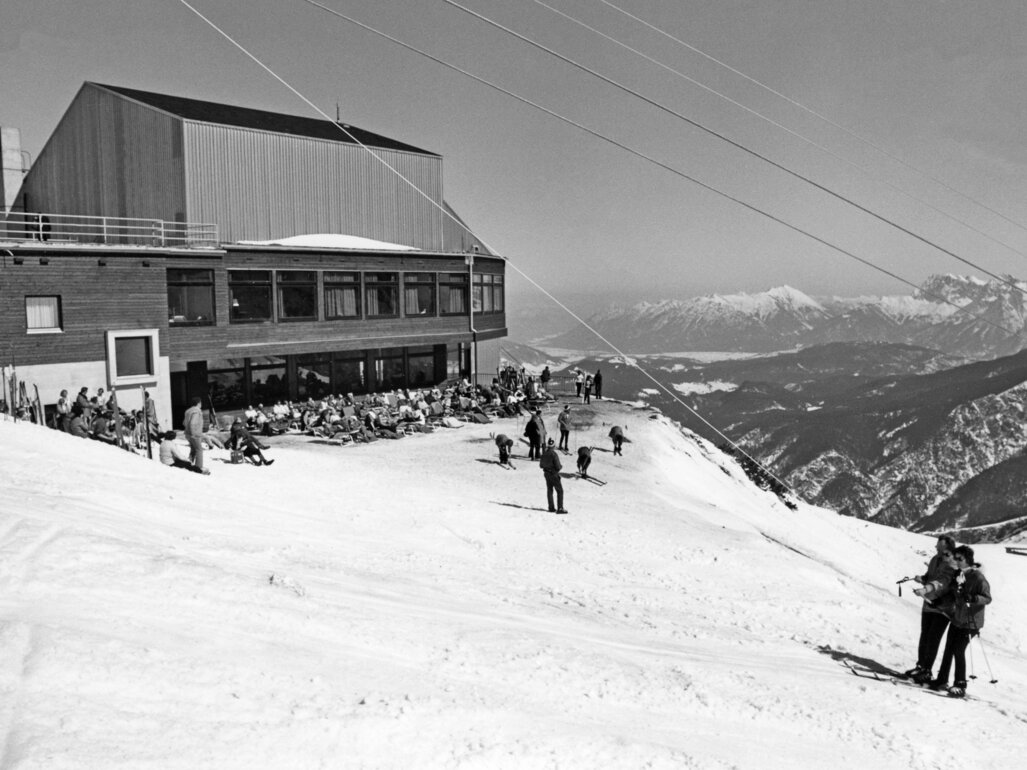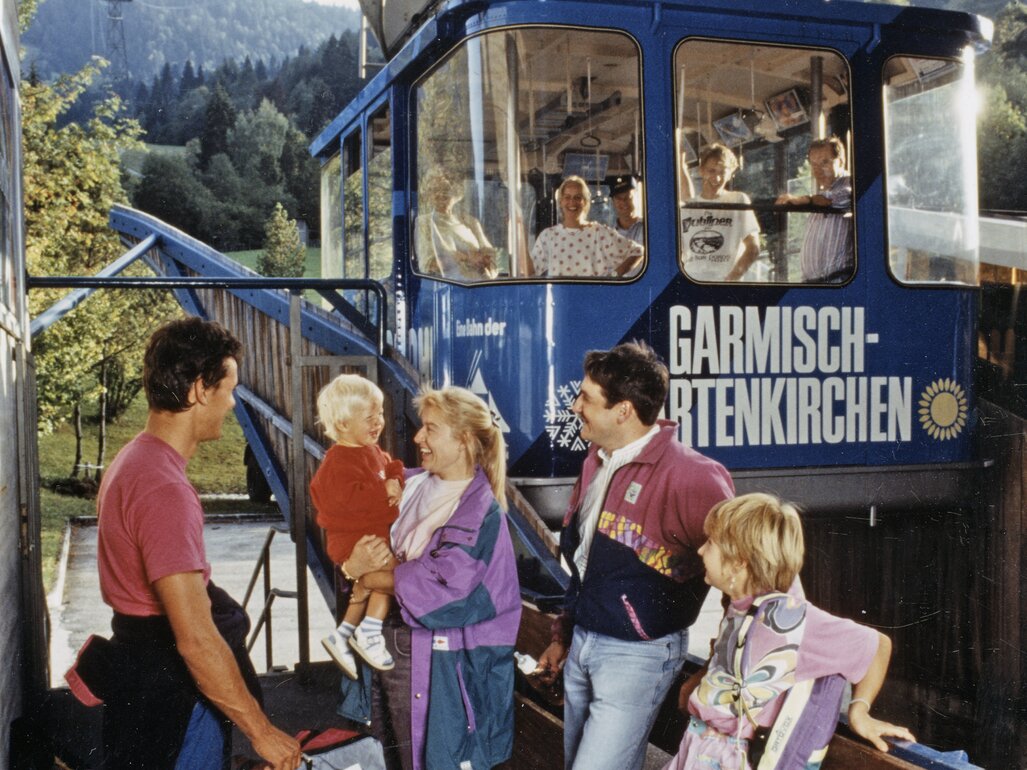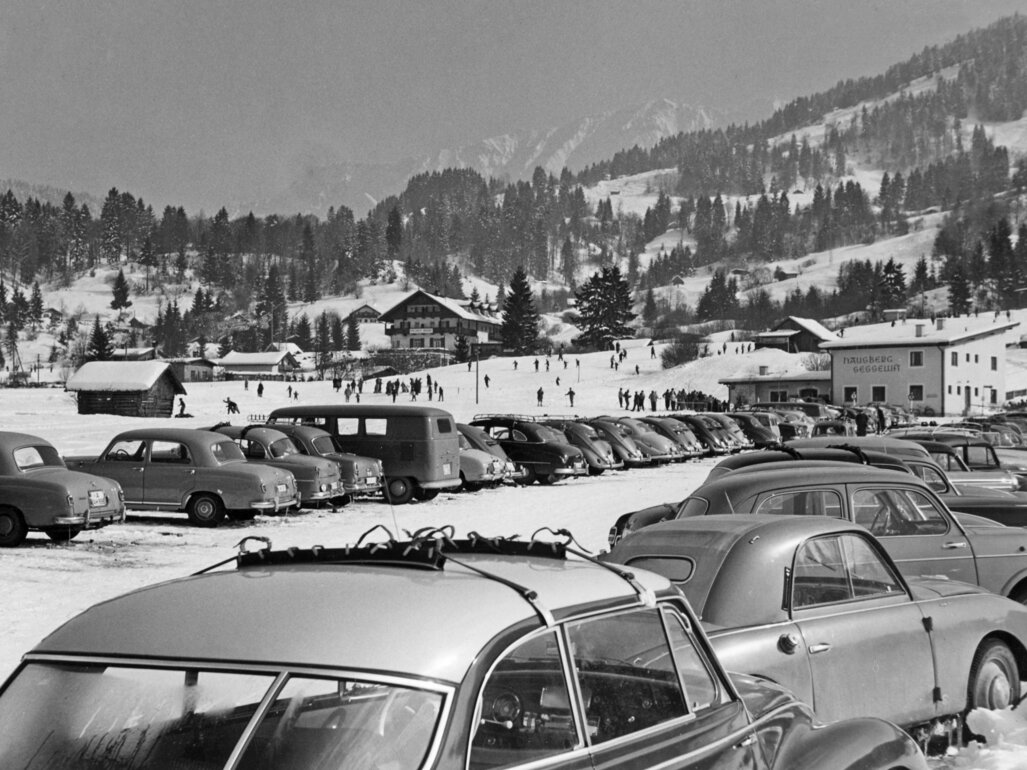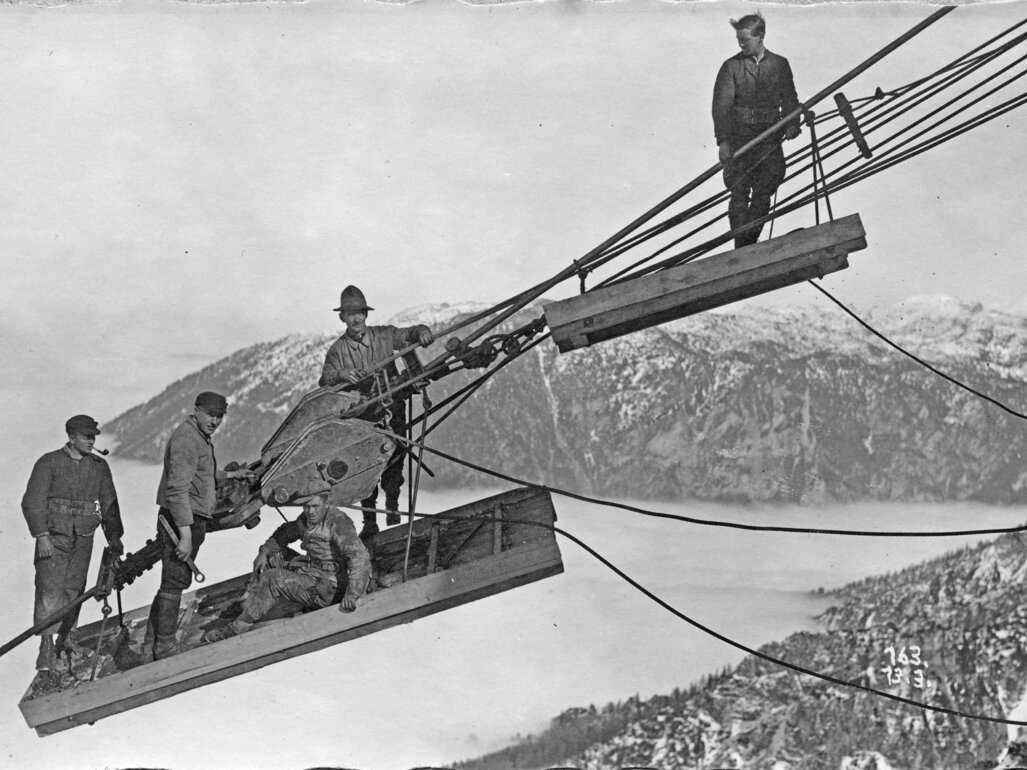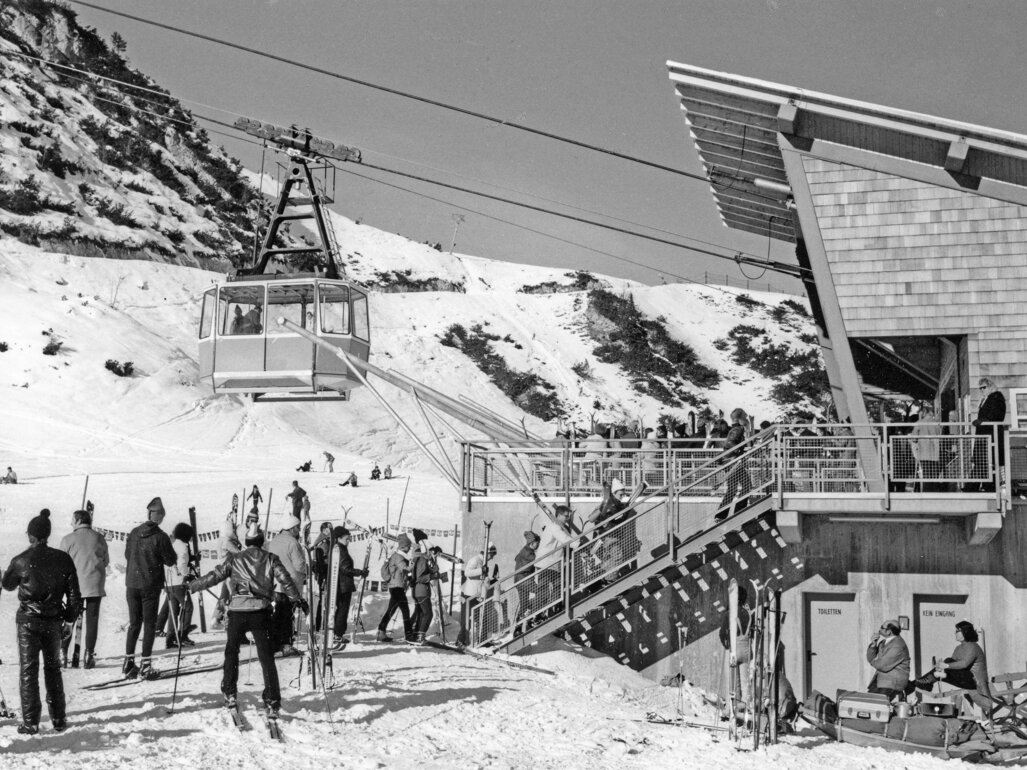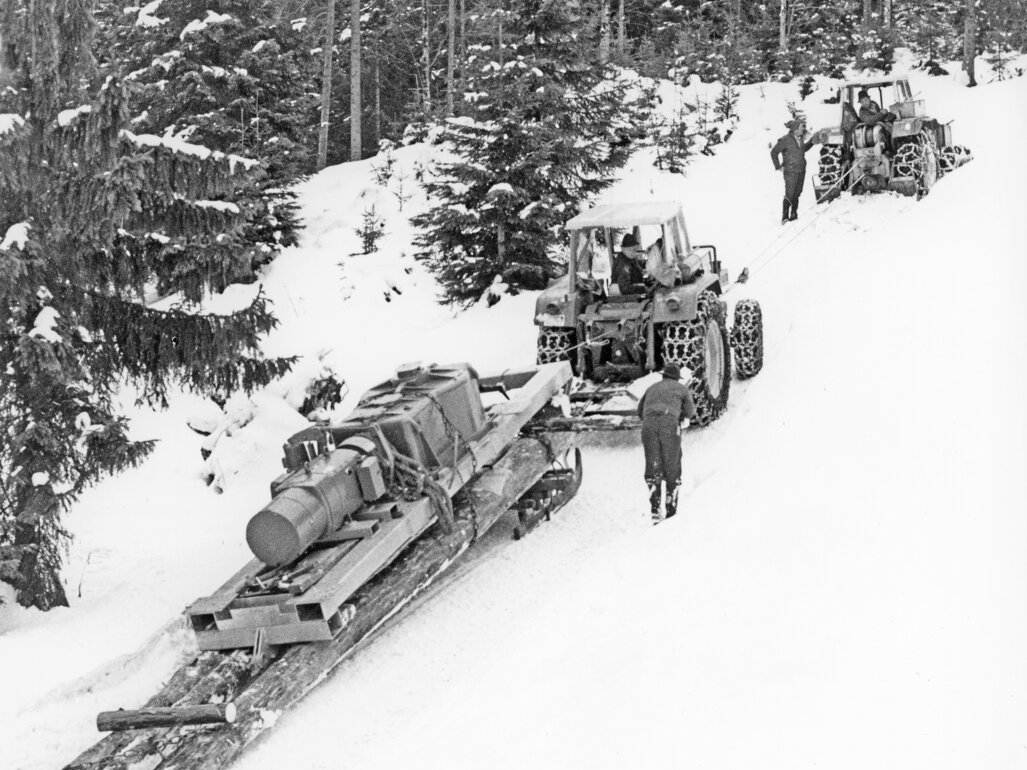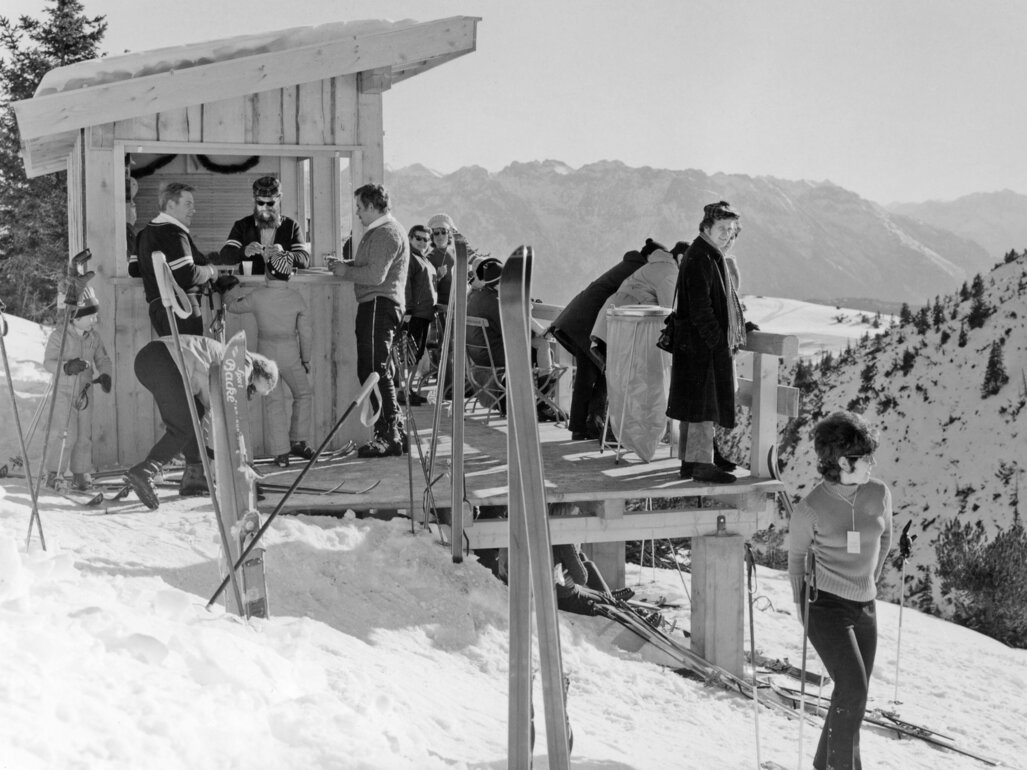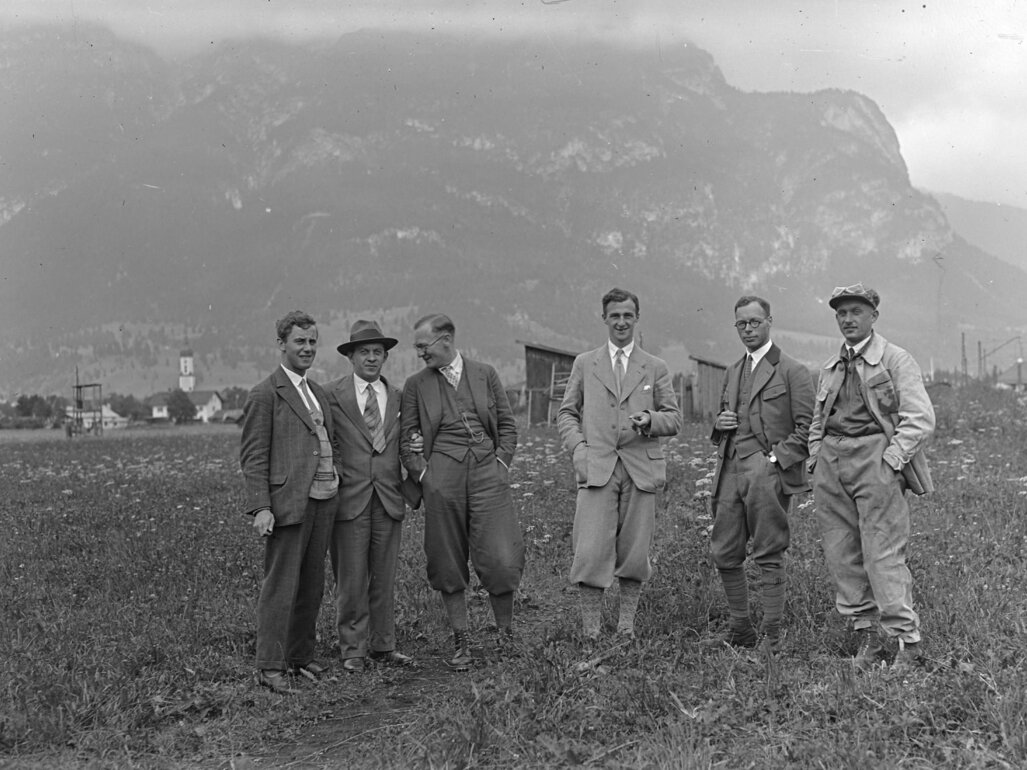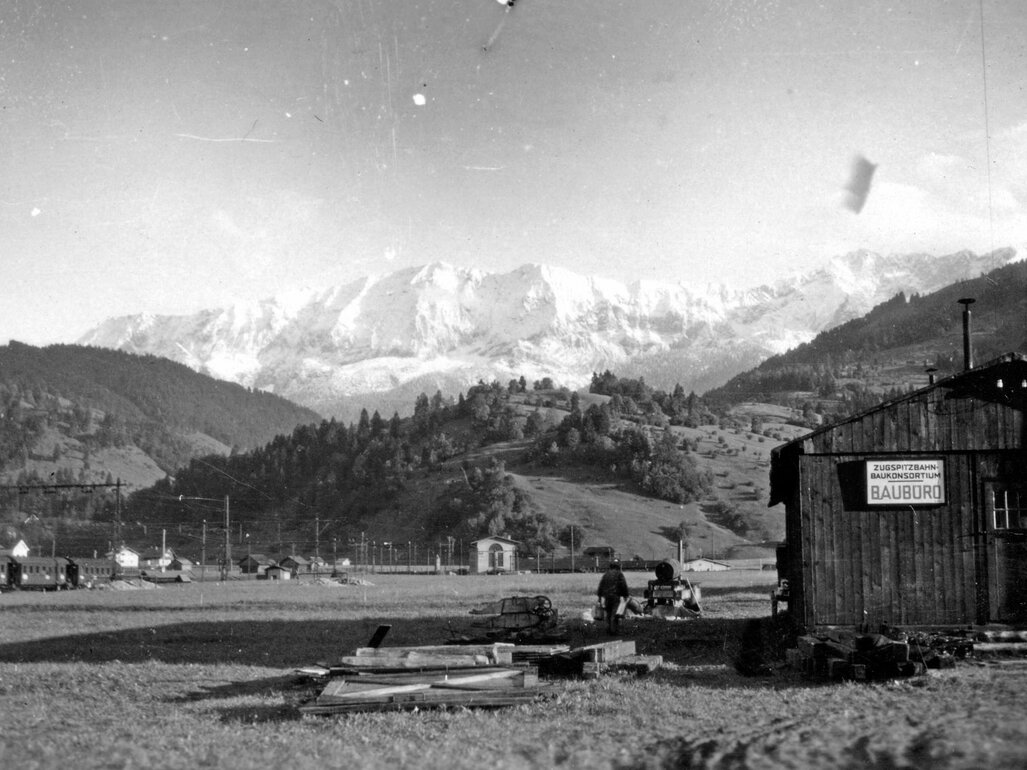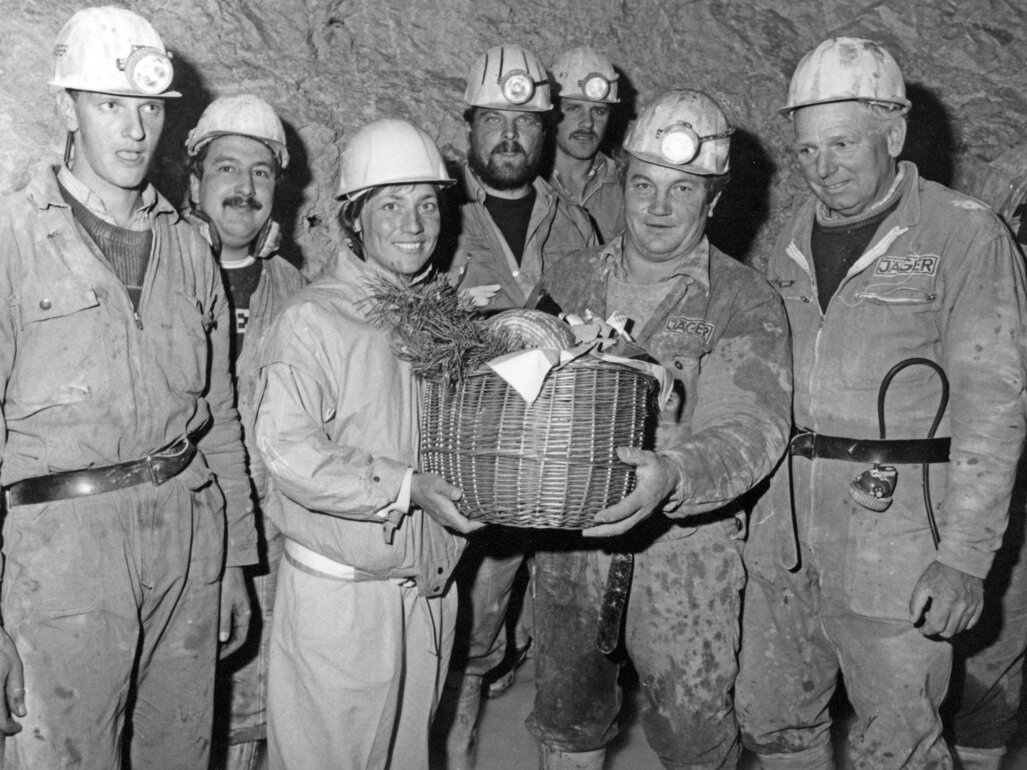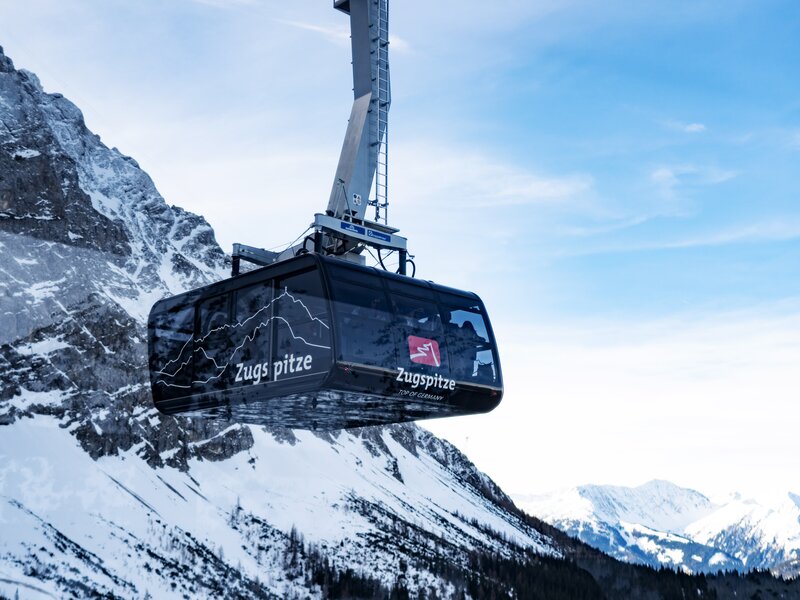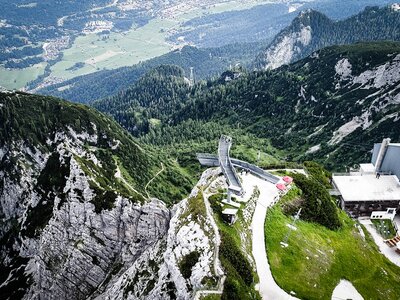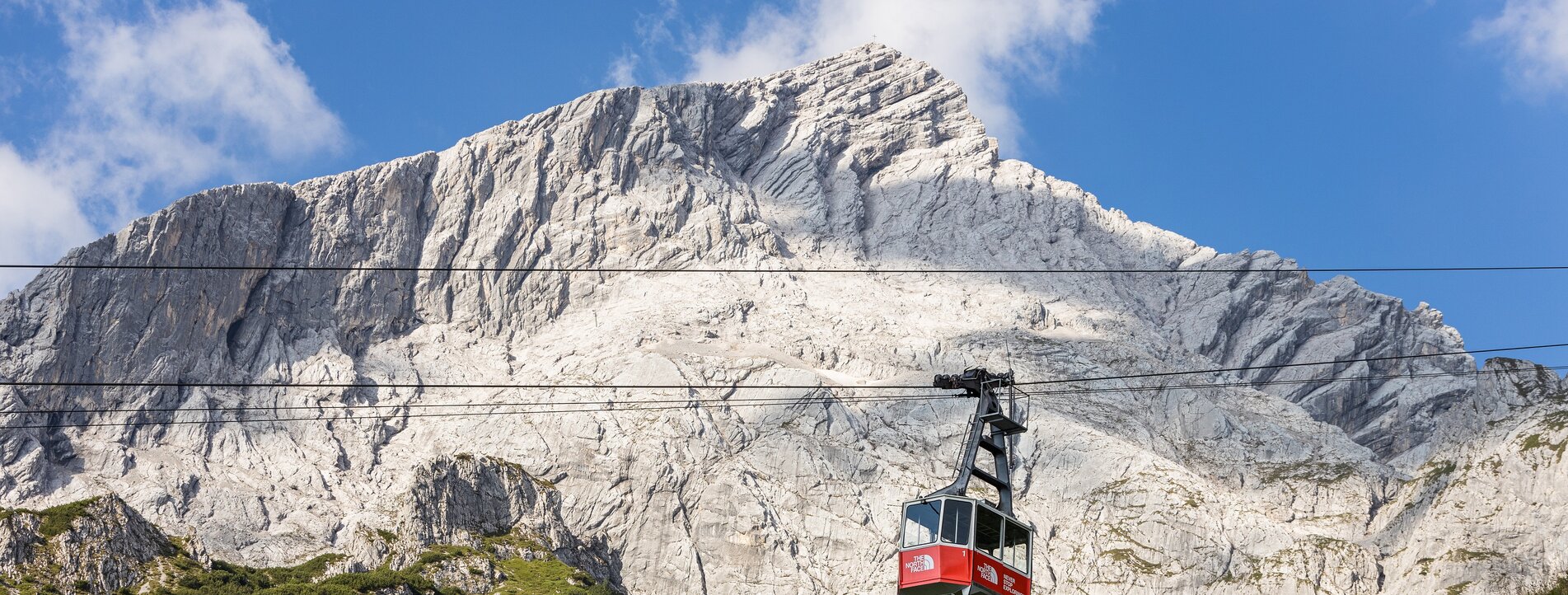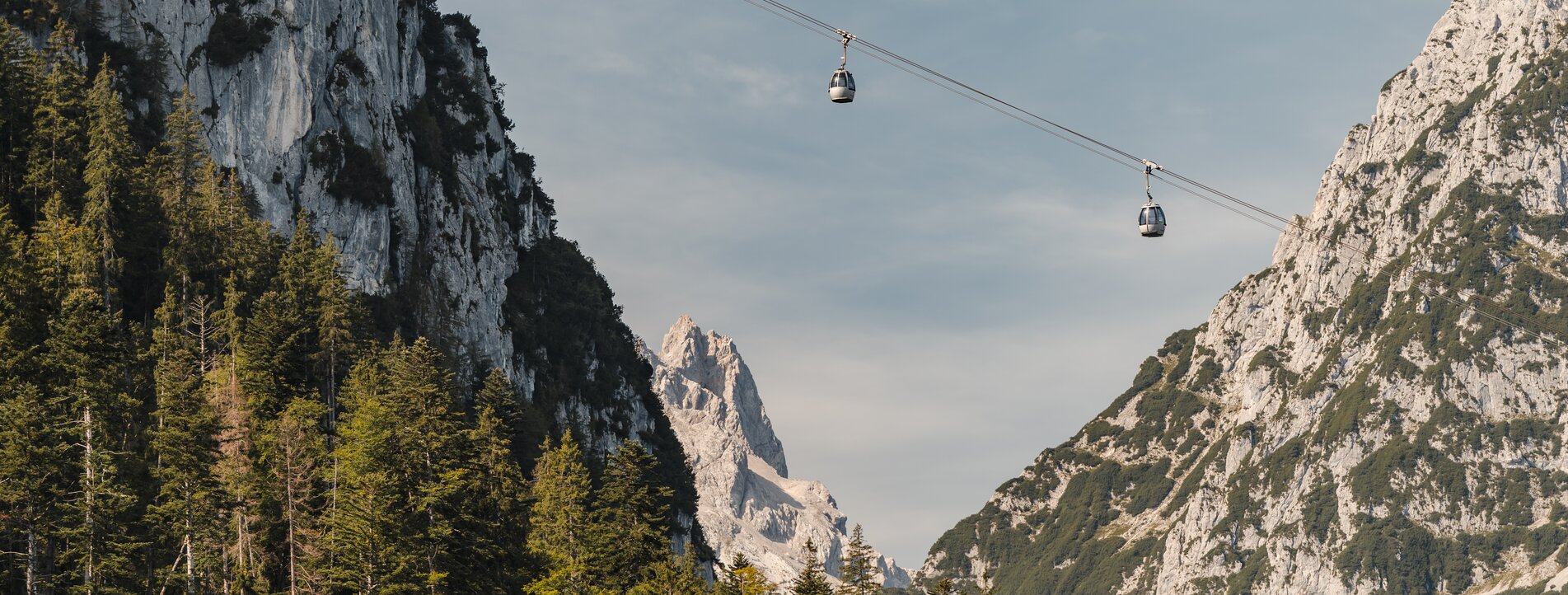Bayerische Zugspitzbahn Bergbahn AG
A success story
History & milestones
between tradition & modernity
An overview of the most important milestones in the fascinating history of Bayerische Zugspitzbahn Bergbahn AG.
Mountain railways today
State-of-the-art cable car technology
The more recent history of Bayerische Zugspitzbahn Bergbahn AG is characterised by further expansion projects and modernisation work. However, there have also been some dismantling projects: Skiing operations on Mount Wank were discontinued in 2002, and the ski lifts were gradually dismantled in the following years.
Instead, investments were made in the expansion of the Zugspitze and Garmisch-Classic ski areas. In 2011, Garmisch-Partenkirchen was once again the venue for the World Ski Championships. In the course of the preparations, further investments were made – especially in the Kandahar downhill run.
In addition, attractions for the summer months were gradually created. Numerous hiking routes and via ferratas were built, and with the AlpspiX viewing platform, a unique scenic viewpoint was created in the Garmisch-Classic area.
In 2015, construction began on the Cable car Zugspitze, which was to replace the Eibseebahn cable car. Within two years, a joint effort succeeded in building a modern world-record-holding cable car. It goes without saying that this pioneering feat and the construction of an innovative architectural and structural masterpiece also attracted great international interest.
Since 2018, visitors have been able to enjoy unique views of the mountain world of the Zugspitze at the Panorama 2962 summit restaurant.
In December 2020, the last major project to date was completed. With the new Zugspitzbahn station in Garmisch-Partenkirchen, it was not only possible to significantly improve comfort for guests of the cogwheel train. The management and administration of Bayerische Zugspitzbahn Bergbahn AG have also found a new, contemporary home here.
Milestones
from 1820 to 2025
An overview of the most important milestones:
